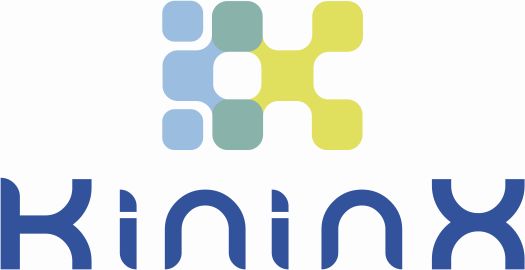Diary of the 10th C1 Inhibitor Workshop
In the beginning, there was an island of land between Buda and Pest. Now this land was in chaos, with the streets obstructed and the sewers under construction, but the workshop was due to start, which Henriette and Lillian organized with help from a program committee and support by Industry.
And attendees came in, more than 300 people, physicians, nurses, patients, scientists, and pharmaceutical representatives from 42 countries, and the Dean convened the workshop, and called it the 10th C1INH workshop. And there was a meeting. And the Mikado said “Let the treatment fit the disease”. And Alvin recounted the distant memories of C1 inhibitor and contact system proteins, suggesting that there could be alternative ways to activate specific proteases.
And the people reconvened under the stars, and a great barbeque was held and everyone feasted on food and wine, and candles sparkeled in the night – the first day.
And Marco woke everyone up with thoughts of capillaries leaking for no reason, with blood pressure falling, while IVIG helped but nobody knew why. And Avner philosophized about these capillaries discussing urticaria and angioedema and histamine and bradykinin and suggested a link that the people shouldn’t forget.
And then we heard about new ideas concerning bradykinin receptors, and contact or complement system activation and methods to diagnose patients with swelling as well as how these systems behaved during attacks. And all of these things were explored in posters with people gathered to discuss the new findings.
And buses came and brought us to a land with horses where Hungarian warriors shot arrows while the Queen rode side saddle and men stood .on the backs of galloping stallions, then ate goulash to the sounds of Hungarian folk songs – the second day.
And Itu described how networking could build bridges and change history. And many talks described how subcutaneous C1INH as well as kallikrein inhibitors can treat HAE. And many new mutations in HAE-C1INH and HAE-nl-C1INH patients were described. And then the role of genetics in diagnosing or stratifying patients with angioedema were discussed by Margarita, Anastasios, and Nancy. And many topics were covered by posters.
And then buses came again and brought us to an ornate museum where we dined in an elegant setting to the sounds of an operatic performance. And then the band played and the people danced – the third day.
And Attila spoke of neutrophil signaling in inflammation. And then we learned about managing different HAE patients and how to organize angioedema care.
And Lillian and Henriette saw all that they had organized, and that is was very good. And there was a closing ceremony and they said that we would return for another workshop in two years, and so it will be – the final day.
/Bruce Zuraw/

 Scientific programme
Scientific programme 




